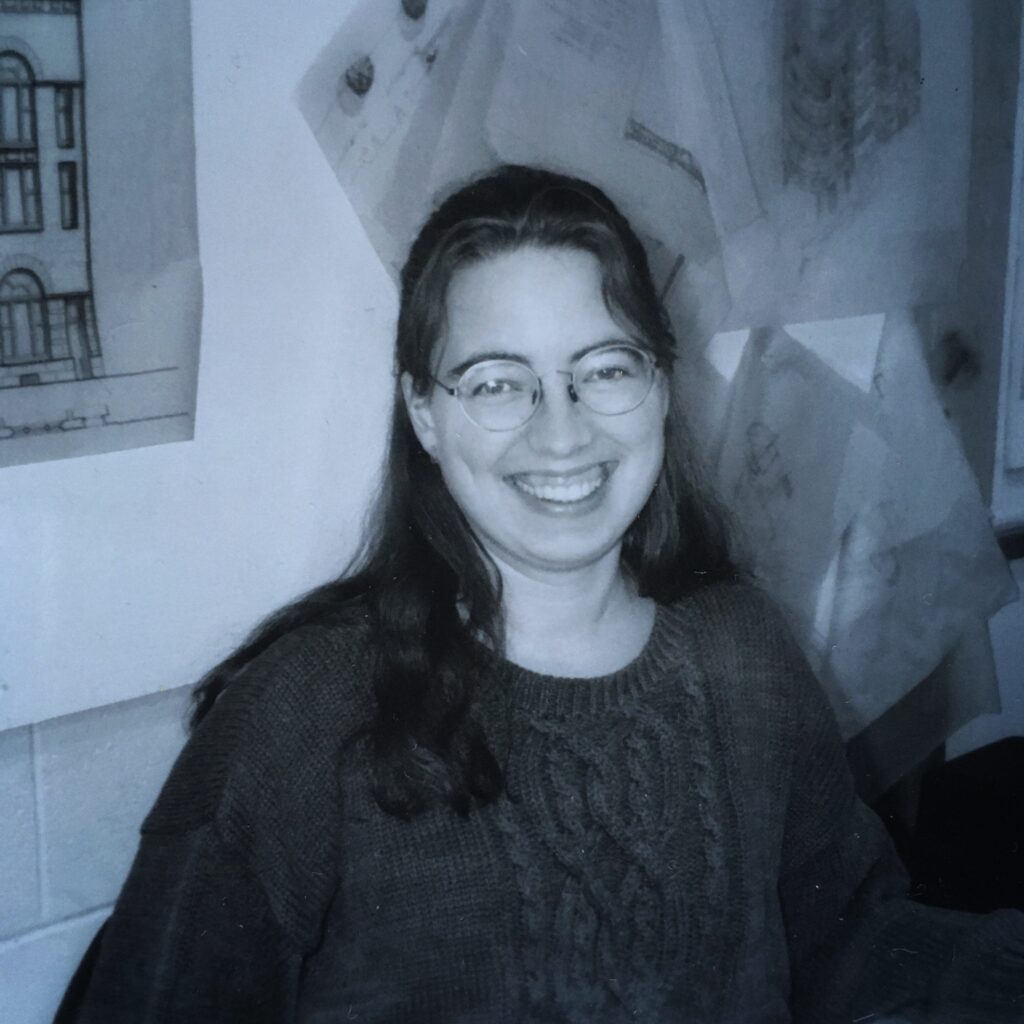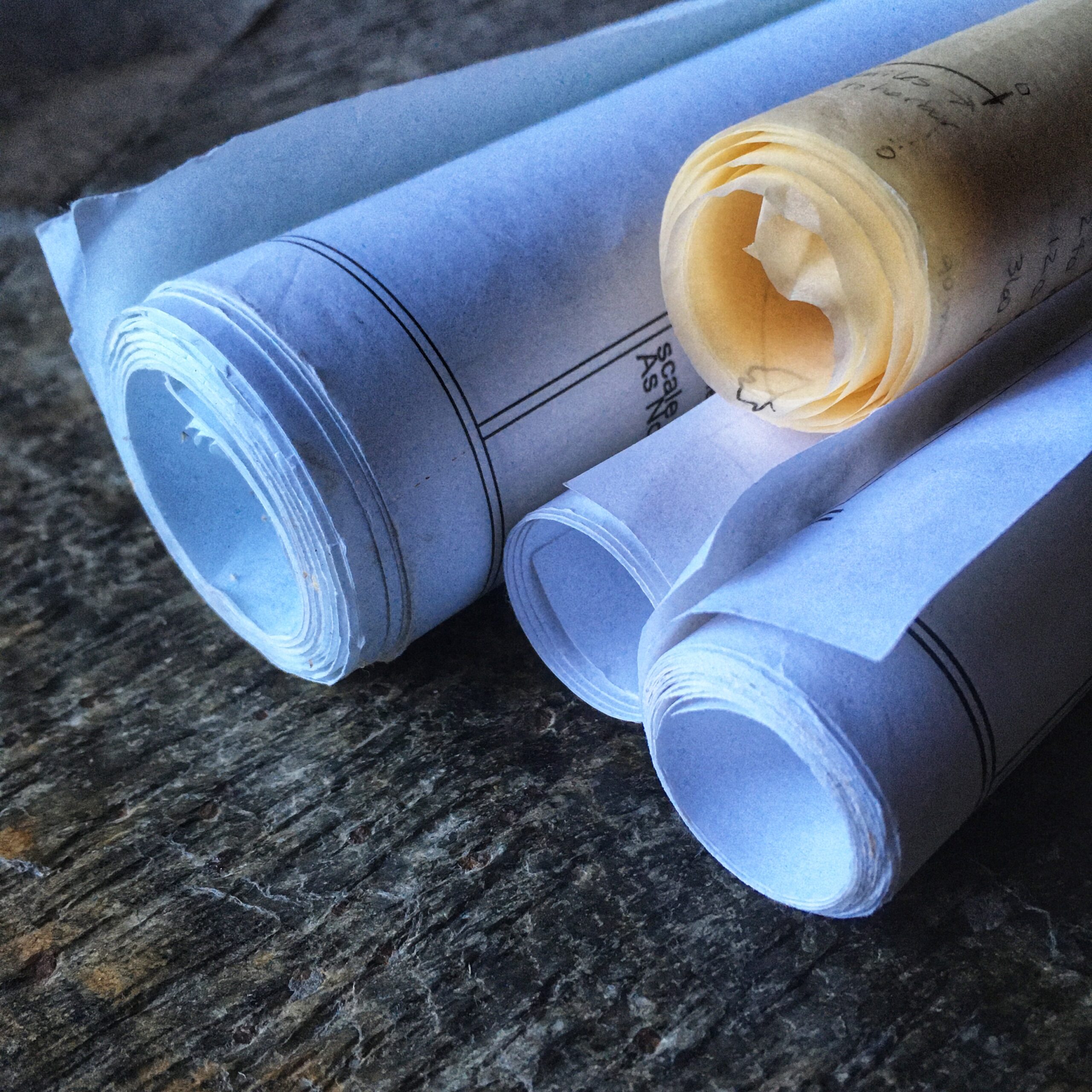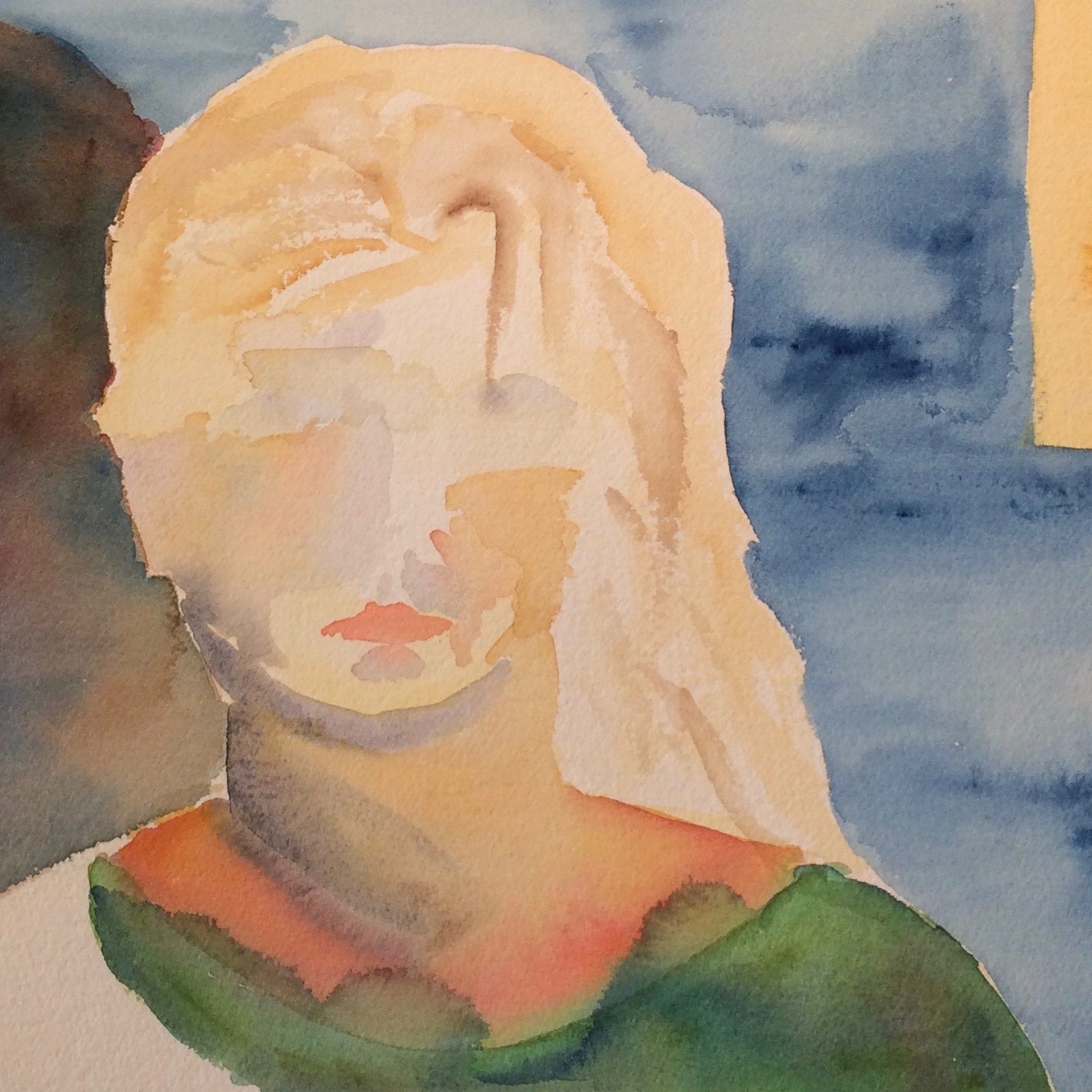If you’ve been following my revision process, you know that I’ve been struggling with outlining. It’s really re-outlining I suppose, since I already have a manuscript. When Jennie1 asked me to create a bullet-point list describing my protagonist’s arc, I knew it was the right thing to do. Understanding my protagonist’s journey and how she transforms through the course of the story will give my story the spine that it’s missing.
But, darn it, that’s outlining. I’m BAD at outlining. It hurts.
Still, I think my character arc might be close. I hesitate to say done because I expect it’ll continue to evolve even after I stop. At what point can I say it’s done enough? Not sure. Last time, it was when I said enough is enough—I just couldn’t take one more day of fiddling.
I’m trying to avoid getting to that level of frustration again. Last week I put together a checklist to help me pay attention to when I needed to change tactics. The idea was that if I caught my discomfort early, I could shift gears and keep moving forward. It’s hard to say if it made a difference, but I did get to the end of my character arc. For sure it didn’t hurt!
Changing tactics can be powerful. This week I shifted my focus between the big picture and details, but sometimes I need a more radical shift, like changing my medium altogether to sculpture or painting. I made such a shift once in architecture school, during my third year tech studio.
Designing an Art Museum
We took studio every semester, but tech studio was a rite of passage, the first studio where you designed an entire building, including the basic structure and HVAC system. (You’d be surprised what space hogs those air ducts are!) That semester we had a fun project: an art museum in Washington, D.C. dedicated to the Hudson River School, early American landscape painters. I loved the project. Ideas and themes abounded for me. But I could not settle on a parti—or basic layout—an architect’s version of an outline.
We were on a tight schedule, but the deadline for settling on a parti came and went and I still couldn’t commit to a layout. The building was large, on a small lot that backed up to Rock Creek Park. I wanted to somehow incorporate the natural setting—such a gem in the city, and so relevant to the landscape paintings the museum would house. But I couldn’t figure out how. My anxiety mounted as I watched my studio mates fleshing out their designs while my desk collected more and more parti sketches.

I became so panicked and desperate that one day I channeled my feelings into assembling a collage from spare pieces in my house. The collage-sculpture-thingy I came up with looks nothing like an art museum, or even a plan of an art museum. But somehow I found expression for my ideas in that collage-sculpture-thingy, and when I returned to my drawing board I found the parti I had been looking for. An L-shaped building with an outdoor garden that visually expanded the museum to include the park.
That studio was taught by three professors, each responsible for a section. One of them, not mine, was a highly respected architect with a reputation for tearing people down—the crotchety old man trope. But I learned from my professor that this crotchety architect had seen my sketches and considered my design to be the right solution for this art museum.
When I heard this, I felt vindicated and well-rewarded for keeping after the inarticulate idea that had been struggling to find its form through me. That moment was all about listening to my inner voice, despite the intense pressure to just pick something and move on. Do I believe that there is a “right” solution to any problem? Not necessarily. What I do believe is that I found a solution that was meaningful to me. Apparently, there was a crotchety old architect who found it meaningful too, which meant that I had connected with at least one other person. So cool.
Let me be clear though. I was no star student. At the end of the semester, it was not my project the visiting architects fawned over during the final critique. (I honestly don’t remember who was the star that semester, I just know it wasn’t me—any semester.) I had my moment, my parti received a blessing, then I had to catch up and struggle through much more learning. But decades later that experience of honoring my inner voice in a hostile environment still gives me strength.
Honoring That Inner Voice
Maybe in hindsight it seems obvious that taking a couple hours to make a collage-sculpture-thingy was the right thing to do. But at the time it felt like the height of frivolity to waste time on “art” when I was so far behind. Honestly, it felt downright subversive. Our work was very public in studio. Every architecture student had a cubicle-type space in a large open area. We were encouraged to wander around and look at other people’s work. None of the 40 students in my class had a funky collage-sculpture-thingy on their desks. Nor did any other student in the school. A couple of my studio mates did double takes when they saw my collage-sculpture-thingy. Another asked “What’s that thing?” in an incredulous tone.
At some point my professor observed that I was not a linear thinker. This threw me for a loop. At first I didn’t understand what she meant by linear thinker. When she explained a process of making a choice, then using that choice to make the next choice, and so on, I was flabbergasted. Did other people think that way?
I say all this because it’s easy to say listen to your inner voice or follow your own path, butactually doing these things can feel like the absolute wrong thing to do. And sometimes following your own path only leads to problems. They may be problems you need to face, but they certainly don’t make “your own path” more attractive. I believe that the rewards of honoring your inner voice far outweigh the costs, but sometimes only in retrospect. As with anything else, practice makes you better at it.
So I’m practicing now at the micro-level. I’m working hard to listen to that inner voice as it gets frustrated with my pitiful efforts to outline. Each time I realize I’m not making progress I pause and listen. It can be hard to hear that inner voice over the commanding need to get work done, or the sneaky glutton asking for chocolate again, but the more I pause and pay attention, the better my hearing gets.
If you have techniques for tapping into your inner voice, I would love to hear about them.
1Jennie Nash is a book coach and the founder of Author Accelerator, which matches writers with book coaches, and also trains and certifies book coaches.
My work with Jennie Nash is supported in part by the Maryland State Arts Council (msac.org).


